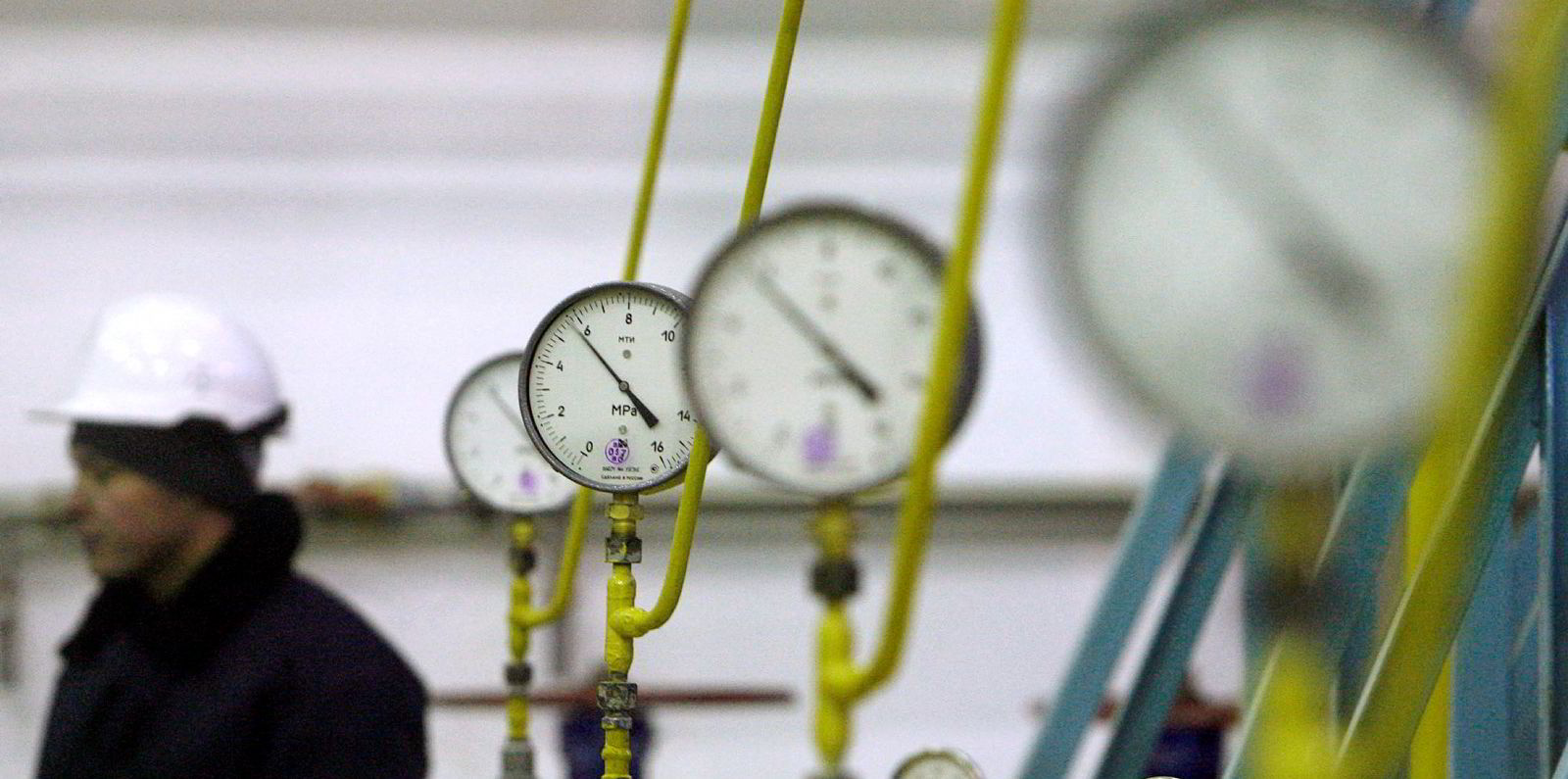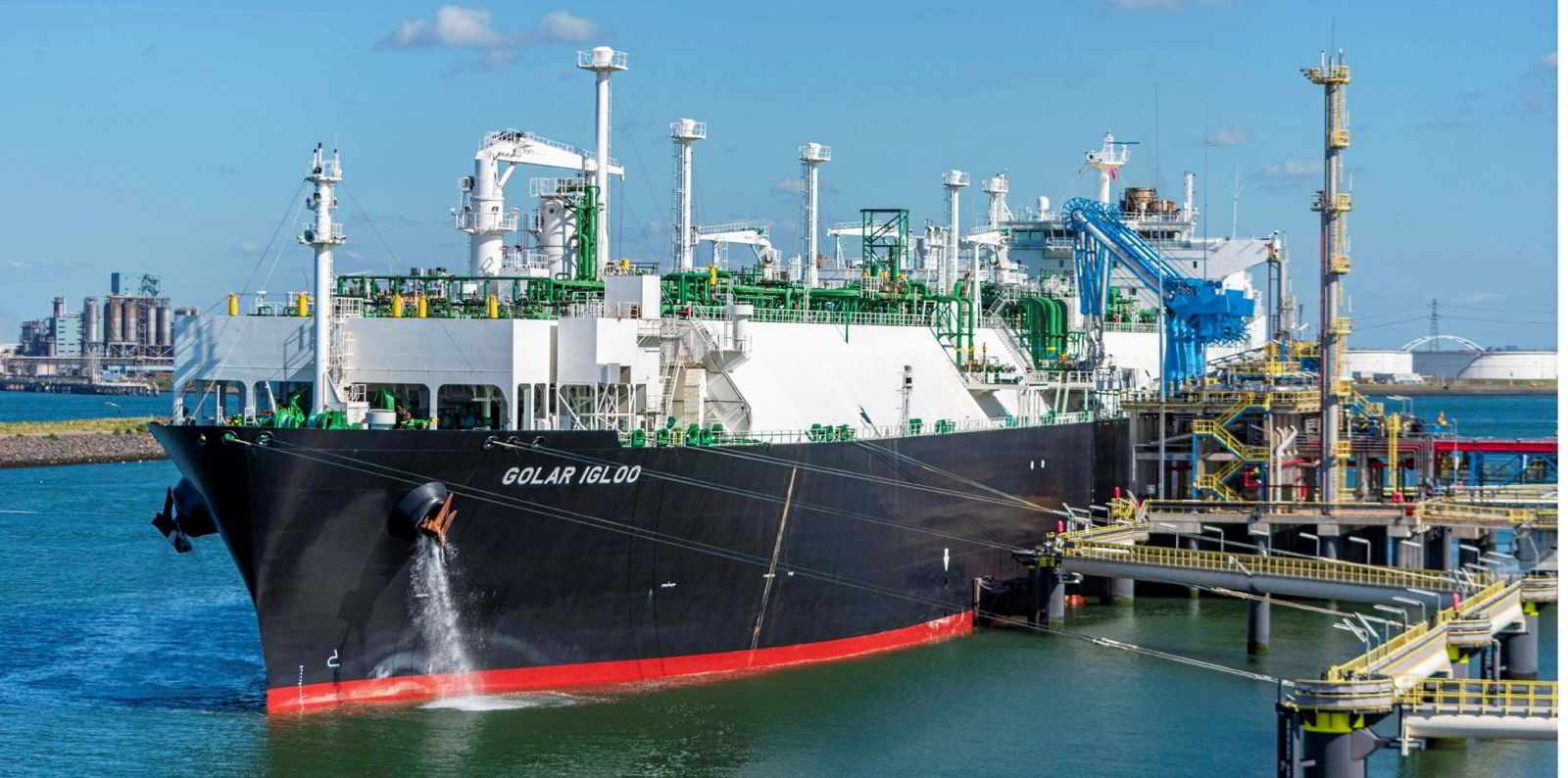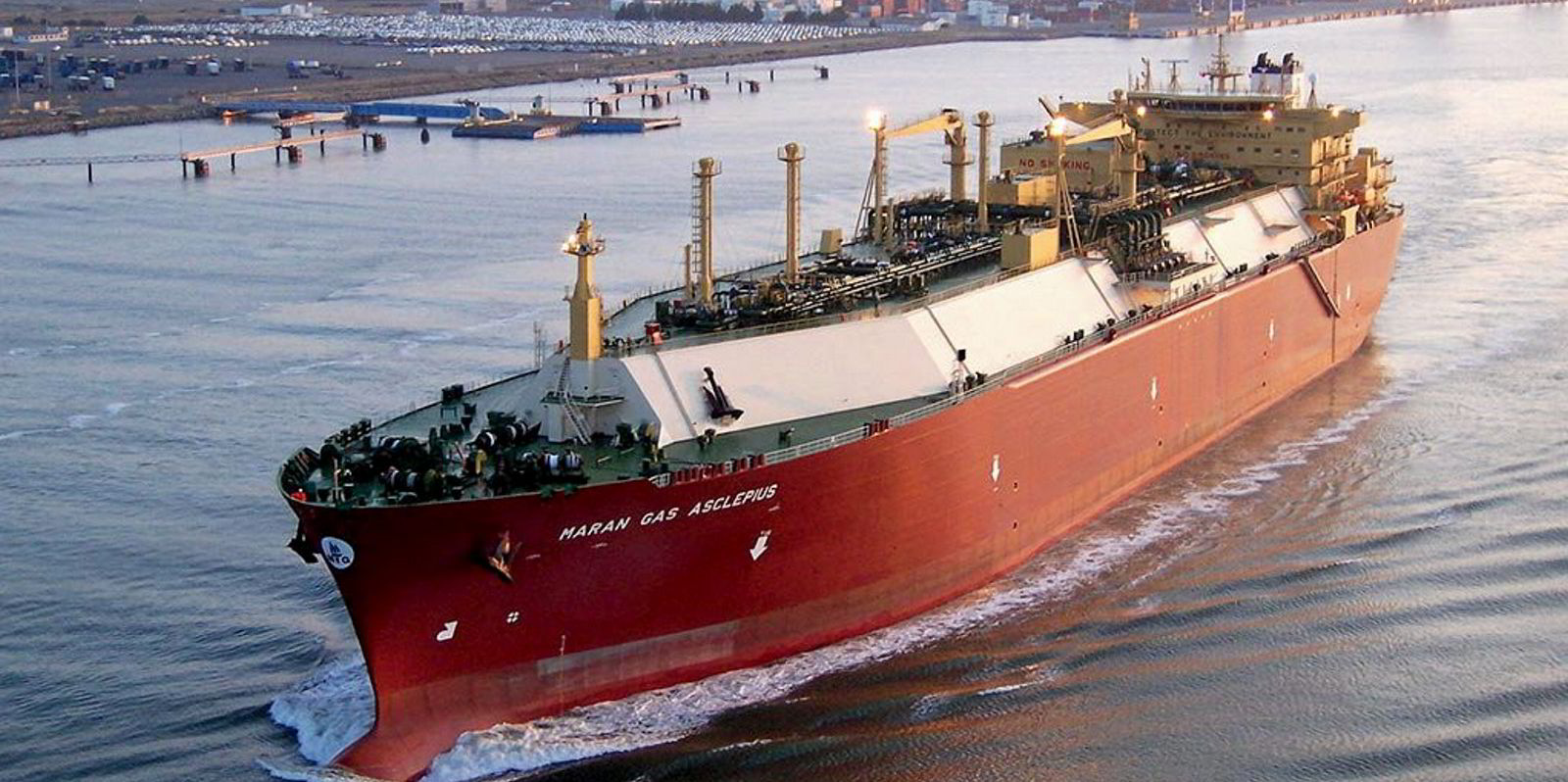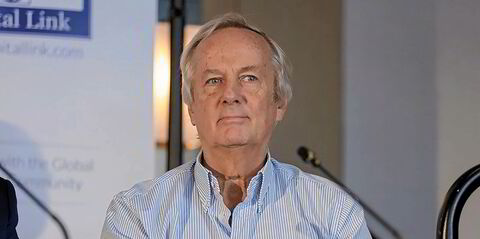Floating storage and regasification units will soon be in strong demand as Europe decouples from gas piped in from Russia, says DNV group president Remi Eriksen.
This could provide a lifeline for older steam turbine-powered LNG carriers that will struggle to comply with upcoming International Maritime Organization regulations. These vessels would make ideal conversion candidates.
Eriksen, in an interview with TradeWinds, said that as the European Union weans itself off Russian gas, it will have to turn to LNG brought in by ship.
“Europe has said it will decouple from Russian gas by 2025, so there will be a lot of need for gas that cannot be piped,” he said.
“Norway and Algeria can produce a bit more piped gas into Europe. Most likely you will need to get it from longer distances, probably from Qatar and the US, and then LNG will be the way. Then you need a lot more terminals.”
According to International Energy Agency data, the EU imported 155bn cubic metres of natural gas from Russia in 2021, accounting for 45% of EU gas imports and close to 40% of its total gas consumption.
If Europe were to replace that volume purely with LNG, it would require 112m tonnes of LNG.
Eriksen said FSRUs would provide the most immediate and logical solution.
“You can deploy them faster than typically building a terminal on land, which is more complicated when it comes to getting the required permits,” he said.
Momentum for using FSRUs in Europe following Russia’s invasion of Ukraine has already been building, with eight contracts signed to deploy four units in Germany, two in the Netherlands and one each in France and Finland.
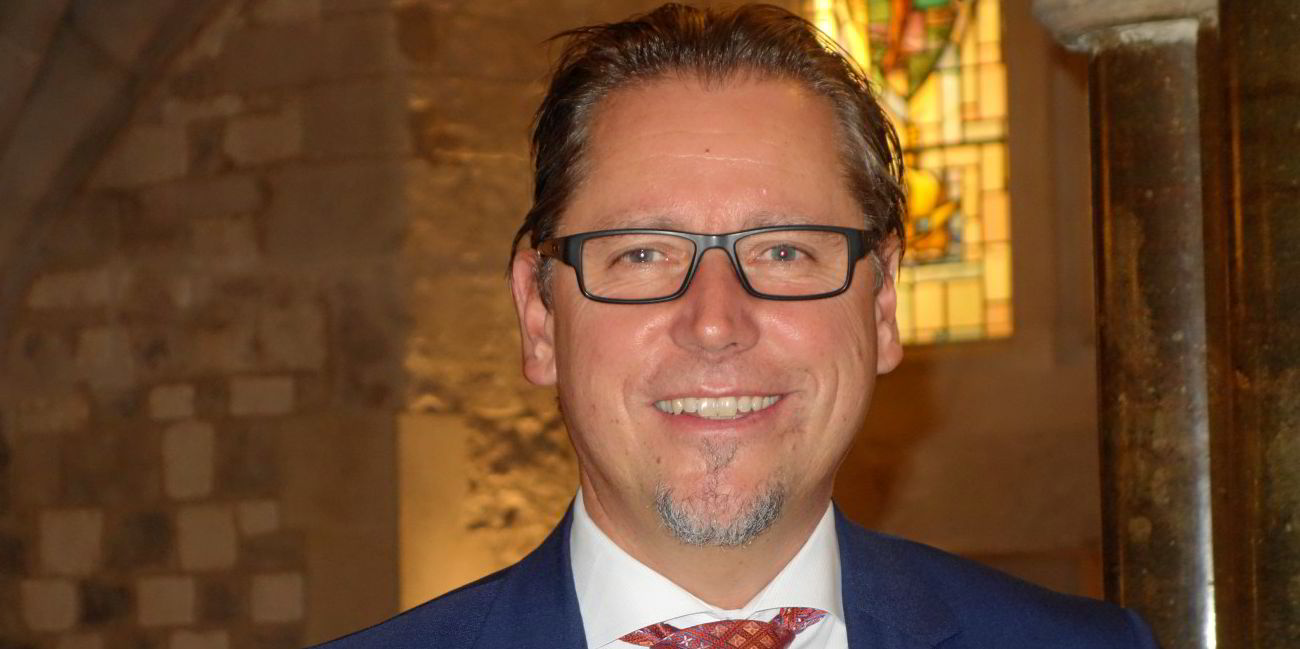
Other plans for FSRU projects have been announced for Greece and Italy.
But with the annual capacity of a full-sized FSRU coming in at around 3m tonnes, these eight units will be able to handle only a fraction of the projected amount of additional LNG that Europe will have to import to replace Russian gas — provided it can get the required supply.
Growing interest
Industry sources said there has been a strong uptick in interest in FSRU projects this year.
Jeffrey Lai, Singapore country manager at Norwegian Energy Partners, a government-linked organisation that supports the country’s oil and gas industry, told TradeWinds on Tuesday that FSRU enquiries are up by about 40% over last year.
He noted that the growth in interest in FSRUs is from Europe and Asia as LNG is increasingly being adopted as an alternative fuel.
For Europe’s predicament, Lai believes FSRUs converted from existing LNG carriers will be the primary solution, given the longer time frame required to build an FSRU.
Conversion candidates are unlikely to be a problem.
The IMO’s Carbon Intensity Indicator and Energy Efficiency Existing Ship Index (EEXI) emissions regulations that come into effect from 1 January 2023 would be progressively difficult to meet for the more than 200 older steam turbine-driven LNG carriers that make up one-third of the trading fleet.
Last September, Vassilios Dimoulas, Bureau Veritas technology & innovation manager for Greece, Cyprus and Malta, said LNG steamships would need to make substantial power reductions — in some cases operating at less than 50% of the maximum continuous rated power output of their engines — to comply with EEXI.
Dimoulas said that in practice their speeds would reduce to between 15 knots and 15.5 knots or less, which he described as a “really inefficient point of operation”.
With the IMO regulations looming, there have been widespread expectations in the gas sector that although there is plenty of life left in these steamships, many will end up being scrapped.
These vessels would make ideal conversion candidates, but Lai cautioned that the availability of capable yards, manpower, engineers and equipment will determine the rate and speed at which conversions can be done.
Furthermore, he noted that it takes about six months to secure a conversion contract. In current conditions, that makes it difficult to determine the cost and timeline of the job.
“Nobody knows the cost of the equipment, nor its availability and delivery date. Prices are changing every day,” Lai said.
This will be of little comfort to EU member states as Russia threatens to turn off the gas taps.
